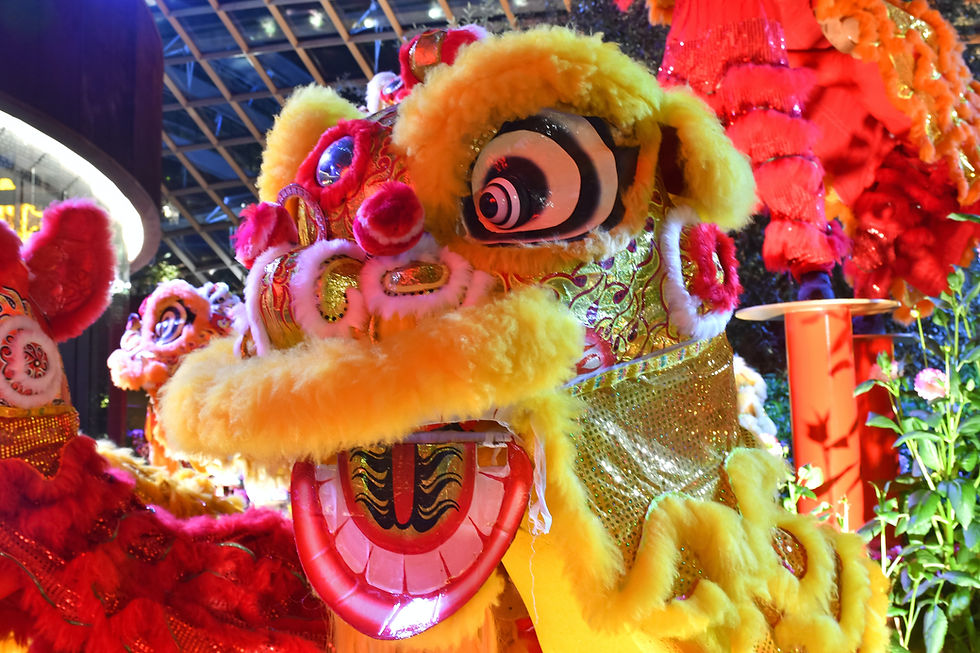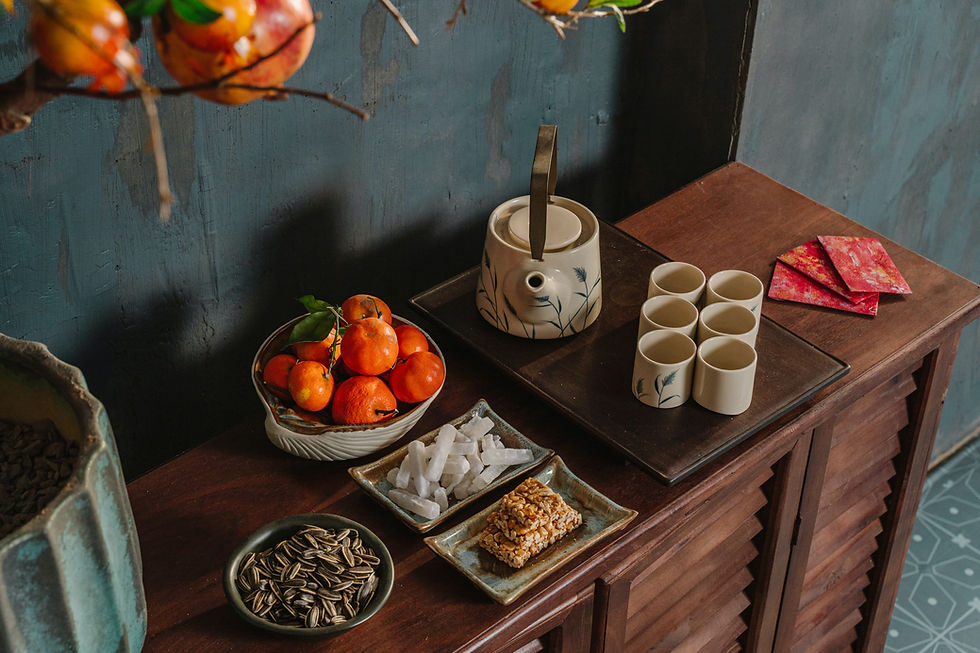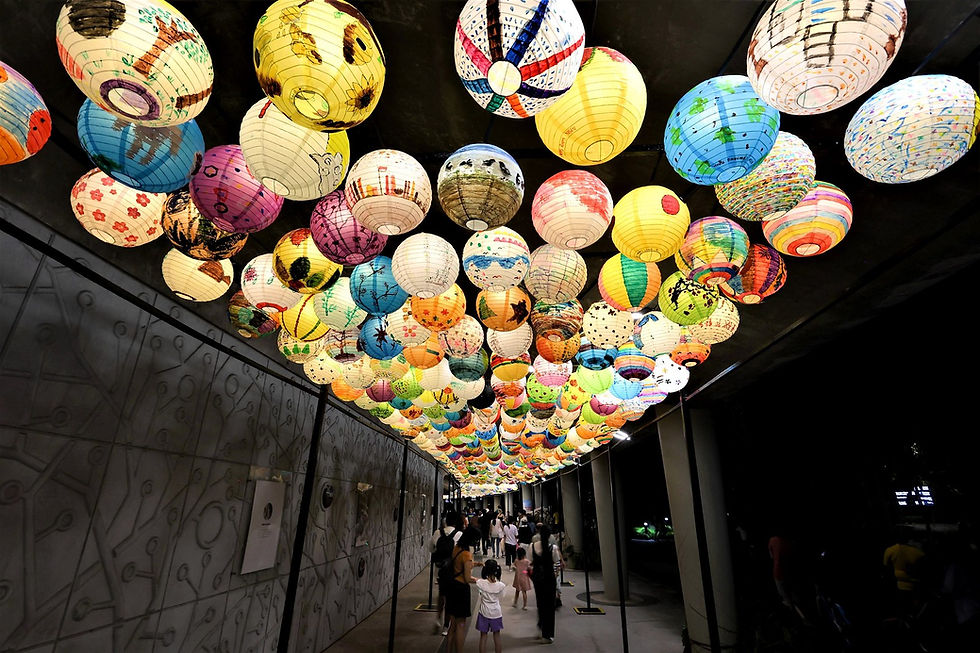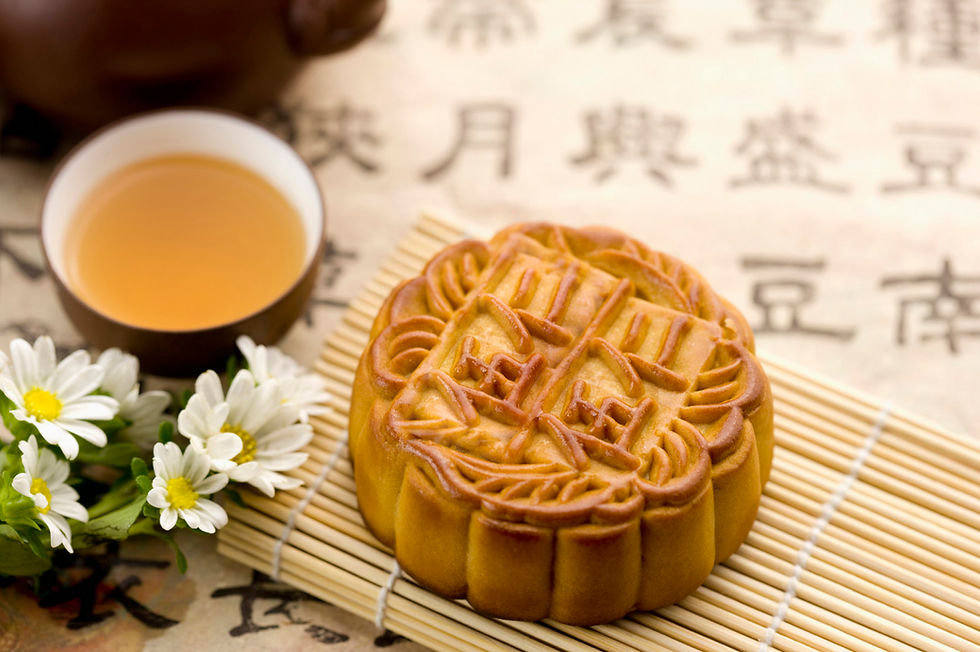1. Spring Festival
The Spring Festival, also known as Chinese New Year or Lunar New Year, is the most important traditional festival in Chinese culture. It has a rich history and several origins associated with it. The Spring Festival is a time of joy, unity, and renewal, where people gather with their families, exchange blessings, and look forward to a prosperous and auspicious year ahead.
The festival's origins can be traced back thousands of years to ancient Chinese mythology and customs. One legend tells the story of a mythical beast called Nian, who would come out on the eve of the new year to terrorize villages, devouring crops and livestock, and even harming people. The villagers discovered that Nian was afraid of loud noises, the color red, and fire. So, they started to hang red lanterns, set off firecrackers, and stick red couplets on their doors to ward off the beast. This tradition evolved into the practice of celebrating the Spring Festival with firecrackers, red decorations, and vibrant festivities.

Over time, the Spring Festival became a time for family reunions, paying respects to ancestors, and welcoming the arrival of a new year. It is celebrated on the first day of the lunar calendar, which usually falls between late January and early February. The festival lasts for 15 days and is characterized by various customs and traditions, such as the reunion dinner on New Year's Eve, the giving and receiving of red envelopes (hongbao) containing money, lion and dragon dances, temple visits, and the display of lanterns.

2. The Dragon Boat Festival
The Dragon Boat Festival, also known as Duanwu Festival, has its origins in ancient Chinese history. The festival is celebrated on the 5th day of the 5th month of the lunar calendar, which usually falls in June. It is believed to commemorate the death of Qu Yuan, a famous poet and statesman during the Warring States period of ancient China. Legend has it that Qu Yuan was a loyal minister who was deeply concerned about the state of his country. When he realized that his advice to the king was not being heeded, he became despondent and wrote many beautiful poems expressing his love for his country and his sorrow for its plight.
In 278 BC, after the state of Chu was conquered by a rival kingdom, Qu Yuan drowned himself in the Miluo River as an act of despair and protest against the corruption and injustices of the time. Upon hearing the news, local villagers raced out in their boats to try and save him. They beat drums and splashed the water with their paddles to scare away any fish or evil spirits that might harm his body. They also threw sticky rice dumplings, called zongzi, into the river to prevent the fish from devouring his remains.

To this day, the Dragon Boat Festival is celebrated with dragon boat races, where teams of rowers paddle in sync to the rhythm of drums, simulating the race to save Qu Yuan. People also hang wormwood and calamus at the door, eat zongzi as a way to ward off evil spirits and remember the noble spirit of Qu Yuan. The festival has become a time to promote traditional Chinese culture, strengthen community bonds, and pay tribute to a revered historical figure.

3. The Mid-Autumn Festival
The Mid-Autumn Festival, also known as the Moon Festival, is a traditional Chinese festival celebrated on the 15th day of the 8th month of the lunar calendar. It has its origins deeply rooted in Chinese folklore and legends.
One popular legend associated with the Mid-Autumn Festival is the story of Chang'e, the Moon Goddess. According to the legend, long ago, there were ten suns in the sky, scorching the earth and causing great suffering. Houyi, a skilled archer, shot down nine of the suns, saving humanity from disaster. As a reward for his heroism, he was given a elixir of immortality. Houyi's wife, Chang'e, came across the elixir and, fearing its misuse, decided to consume it herself. After taking the elixir, she became weightless and floated to the moon, where she has resided ever since. Legend says that on the night of the Mid-Autumn Festival, Chang'e's presence is strongest, and people pay tribute to her by offering sacrifices and mooncakes, and by admiring the full moon.

In addition to the legends, the Mid-Autumn Festival is also a time for family reunions and harvest celebrations. People gather with their loved ones, exchange well wishes, and appreciate the full moon's beauty. Mooncakes, a special pastry filled with various fillings like lotus seed paste and salted egg yolks, are a signature treat during the festival. Lantern displays, lion dances, and other cultural activities are also common during this time.




Comments